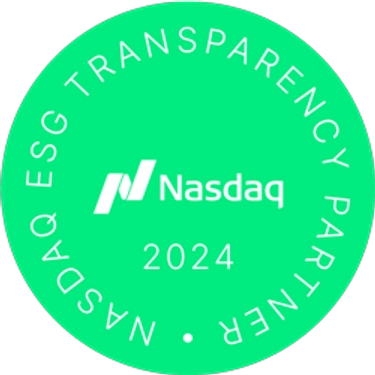
Investerare
Investerarrelationer
Företagspresentation
-
17jul
Delårsrapport januari-juni 2025
Delårsrapport januari-juni publiceras den 17 juli 2025.
-
17jul
Delårsrapport januari-juni 2025 – Webcast
Finansiella analytiker, investerare och media inbjuds till en webcast med presentation av resultaten kl. 14.00 (CET).
Ta del av vår webcast via denna länk: Webcast
Deltagare som vill ställa frågor under presentationen är välkomna att registrera sig via länken nedan. Använd det telefonnummer och konferens-ID som skickas efter registreringen för att ringa in. Registera deltagande
-
21aug
Nordea Equities Small & Mid Cap Days
Camurus vd och koncernchef Fredrik Tiberg presenterar på denna konferens i Stockholm den 21 augusti. Presentationen kommer att kunna följas av konferensens deltagare. Mer information delas närmare evenemanget.
Årsstämma 2025
Camurus årsstämma 2025 hölls tisdagen den 27 maj 2025 i Lund.
Se beslut vid Camurus årsstämma 2025
Se handlingar årsstämma 2025
Se mer information om Camurus bolagsstämmor
Se arkiv bolagsstämmor

Senaste finansiella rapporten
Camurus delårsrapport januari-mars 2025
15 maj 2025
VD-ORD FÖRSTA KVARTALET 2025
“Produktivt första kvartal med hög lönsamhet och framsteg i utvecklings-portföljen“

Årsredovisning 2024
ESG-rankningar
Camurus har en ambitiös hållbarhetsagenda med målet att vidareutveckla företagets systematiska arbete och bidrag till FN:s globala hållbarhetsmål. Våra prestationer och framsteg utvärderas regelbundet av oberoende hållbarhetsanalysföretag i ESG-rankningar.
Nasdaq Transparency Partner
Camurus är sedan 2022 certifierad Nasdaq ESG Transparency Partner. Certifieringen visar på Camurus engagemang i marknadstransparens och för högre miljöstandards.

IR kontakt
IPO och Prospekt
PRENUMERERA
Få senaste nyheter från Camurus
Prenumerera för att få senaste nyheterna direkt till din e-post.

